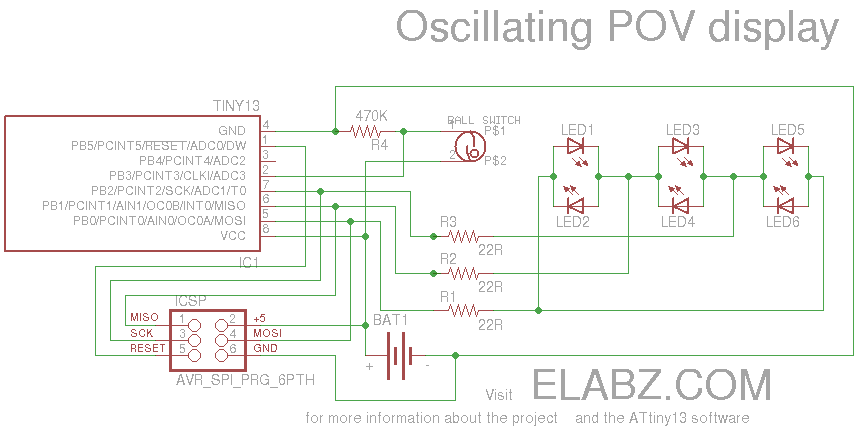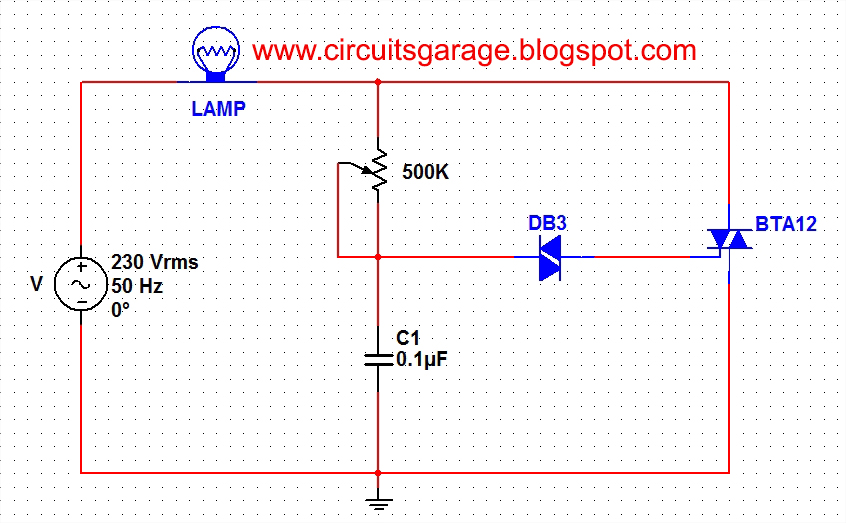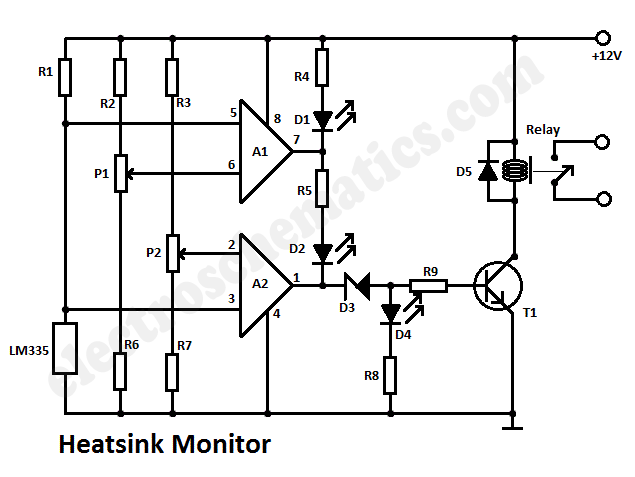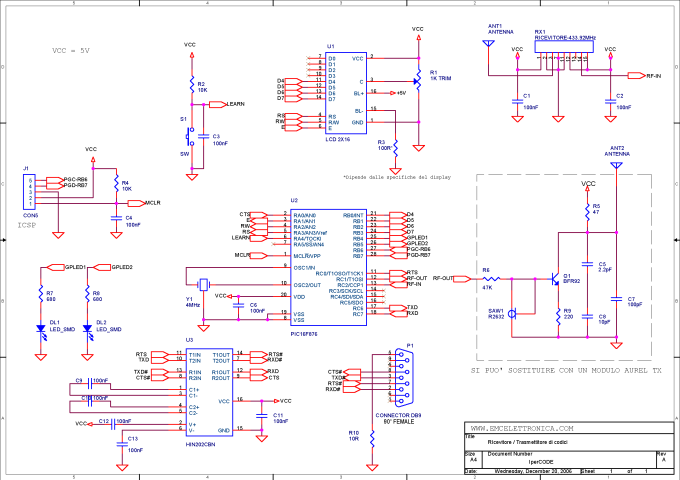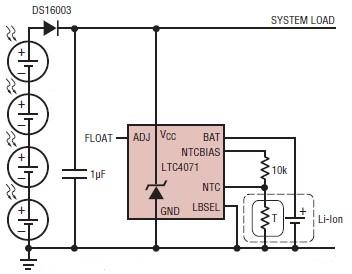
Heart-rate And Ekg Monitor Using The Msp430fg439
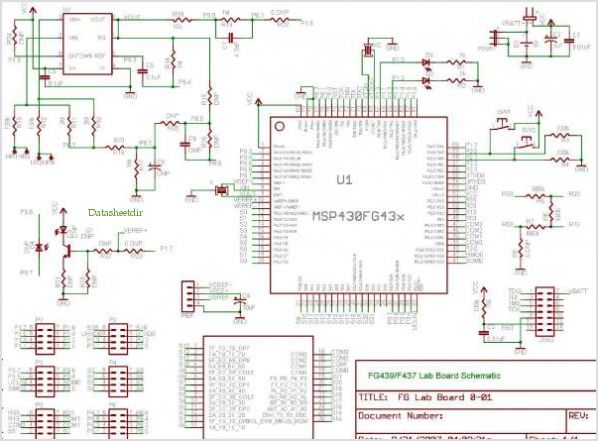
The HV9911DB1v2 is an LED driver capable of powering up to 20 one-watt LEDs in series from an input voltage of 21 to 27V DC. This demo board utilizes Supertex's HV9911 in a boost converter topology. The converter exhibits excellent initial regulation (+/-5%) and outstanding line and load regulation across the entire input and output voltage range (less than +/- 1%). The full-load efficiency of the converter typically exceeds 90%. The HV9911DB1v2 is equipped with protections against open LED and output short circuit conditions, as well as input undervoltage conditions by limiting the input current. It features an excellent PWM dimming response, with typical rise and fall times under 2 microseconds, facilitating high PWM dimming ratios. The switching frequency of the HV9911DB1v2 can be synchronized with other HV9911 boards or an external 200kHz clock by connecting the clock signal to the SYNC pin of the HV9911DB1v2. Additionally, the HV9911DB1v2 incorporates an RC filter to mitigate false triggering of the short circuit protection during PWM dimming, an issue observed with the previous HV9911 model. This enhancement renders the HV9911DB1v2 largely immune to turn-on current spikes. For a comprehensive understanding of the origin of the turn-on spike and the impact of the RC filter on the short circuit response time, refer to the HV9911 datasheet. The board includes a 2.2μF, 25V, X7R ceramic chip capacitor (SMD1210) from TDK Corp, model C3225X7R1H225K.
The HV9911DB1v2 LED driver circuit is designed to efficiently drive high-power LED arrays while maintaining precise control over output characteristics. The boost converter topology enables the system to step up the input voltage, making it suitable for applications where the supply voltage is lower than the forward voltage of the LED string.
The circuit's robust regulation capabilities ensure that the output current remains stable under varying load conditions, which is critical for maintaining consistent brightness in LED applications. The efficiency rating exceeding 90% indicates minimal energy loss, which is advantageous for thermal management and overall system performance.
Protection features integrated into the HV9911DB1v2 enhance reliability. The open LED protection prevents damage when the LED load is disconnected, while the short circuit protection safeguards the driver against potential faults in the LED array. The input undervoltage protection further enhances the safety and longevity of the device by preventing operation under insufficient voltage conditions.
The PWM dimming capability allows for precise control over the LED brightness, making it suitable for applications requiring dynamic lighting adjustments. The fast rise and fall times of the PWM signal enable smooth transitions without noticeable flicker, which is particularly important in visual applications.
Synchronization capabilities with other HV9911 boards or external clock sources facilitate multi-channel LED driving configurations, enabling designers to create complex lighting systems with coordinated control. The inclusion of an RC filter to address potential triggering issues during PWM operation is a significant improvement, ensuring reliable performance in various operational scenarios.
Overall, the HV9911DB1v2 is a versatile and efficient LED driver solution suitable for a wide range of lighting applications, from decorative lighting to high-performance illumination systems.The HV9911DB1v2 is an LED Driver capable of driving up to 20 one-watt LEDs in series from an input of 21 27V DC. The demoboard uses Supertex`s HV9911 in a boost topology. The converter has a very good initial regulation (+/-5%) and excellent line and load regulation over the entire input and output voltage range (<+/- 1%).
The full load ef ciency of the converter is typically greater than 90%. The HV9911DB1v2 is also protected against open LED and output short circuit conditions. It is also protected under input undervoltage conditions by limiting the input current. It has an excellent PWM dimming response, with typical rise and fall times less than 2 s, which will allow high PWM dimming ratios. The switching frequency of the HV9911DB1v2 CAN be synchronized to other HV9911 boards or to an external 200kHz Clock by connecting the Clock to the SYNC pin of the HV9911DB1v2.
The HV9911DB1v2 includes and RC lter to prevent false triggering of the short Circuit Protection during PWM dimming, which was noticed with the HV9911DB1. This improvement makes the HV9911DB1v2 immune to turn-on current spikes in most cases. For a detailed explanation of the origin of the turn-on spike and the effect of the RC lter on the short circuit response time, please refer to the HV9911 datasheet.
2. 2uF, 25V, X7R ceramic chip capacitor SMD1210 TDK Corp C3225X7R1H225K 🔗 External reference
The HV9911DB1v2 LED driver circuit is designed to efficiently drive high-power LED arrays while maintaining precise control over output characteristics. The boost converter topology enables the system to step up the input voltage, making it suitable for applications where the supply voltage is lower than the forward voltage of the LED string.
The circuit's robust regulation capabilities ensure that the output current remains stable under varying load conditions, which is critical for maintaining consistent brightness in LED applications. The efficiency rating exceeding 90% indicates minimal energy loss, which is advantageous for thermal management and overall system performance.
Protection features integrated into the HV9911DB1v2 enhance reliability. The open LED protection prevents damage when the LED load is disconnected, while the short circuit protection safeguards the driver against potential faults in the LED array. The input undervoltage protection further enhances the safety and longevity of the device by preventing operation under insufficient voltage conditions.
The PWM dimming capability allows for precise control over the LED brightness, making it suitable for applications requiring dynamic lighting adjustments. The fast rise and fall times of the PWM signal enable smooth transitions without noticeable flicker, which is particularly important in visual applications.
Synchronization capabilities with other HV9911 boards or external clock sources facilitate multi-channel LED driving configurations, enabling designers to create complex lighting systems with coordinated control. The inclusion of an RC filter to address potential triggering issues during PWM operation is a significant improvement, ensuring reliable performance in various operational scenarios.
Overall, the HV9911DB1v2 is a versatile and efficient LED driver solution suitable for a wide range of lighting applications, from decorative lighting to high-performance illumination systems.The HV9911DB1v2 is an LED Driver capable of driving up to 20 one-watt LEDs in series from an input of 21 27V DC. The demoboard uses Supertex`s HV9911 in a boost topology. The converter has a very good initial regulation (+/-5%) and excellent line and load regulation over the entire input and output voltage range (<+/- 1%).
The full load ef ciency of the converter is typically greater than 90%. The HV9911DB1v2 is also protected against open LED and output short circuit conditions. It is also protected under input undervoltage conditions by limiting the input current. It has an excellent PWM dimming response, with typical rise and fall times less than 2 s, which will allow high PWM dimming ratios. The switching frequency of the HV9911DB1v2 CAN be synchronized to other HV9911 boards or to an external 200kHz Clock by connecting the Clock to the SYNC pin of the HV9911DB1v2.
The HV9911DB1v2 includes and RC lter to prevent false triggering of the short Circuit Protection during PWM dimming, which was noticed with the HV9911DB1. This improvement makes the HV9911DB1v2 immune to turn-on current spikes in most cases. For a detailed explanation of the origin of the turn-on spike and the effect of the RC lter on the short circuit response time, please refer to the HV9911 datasheet.
2. 2uF, 25V, X7R ceramic chip capacitor SMD1210 TDK Corp C3225X7R1H225K 🔗 External reference
